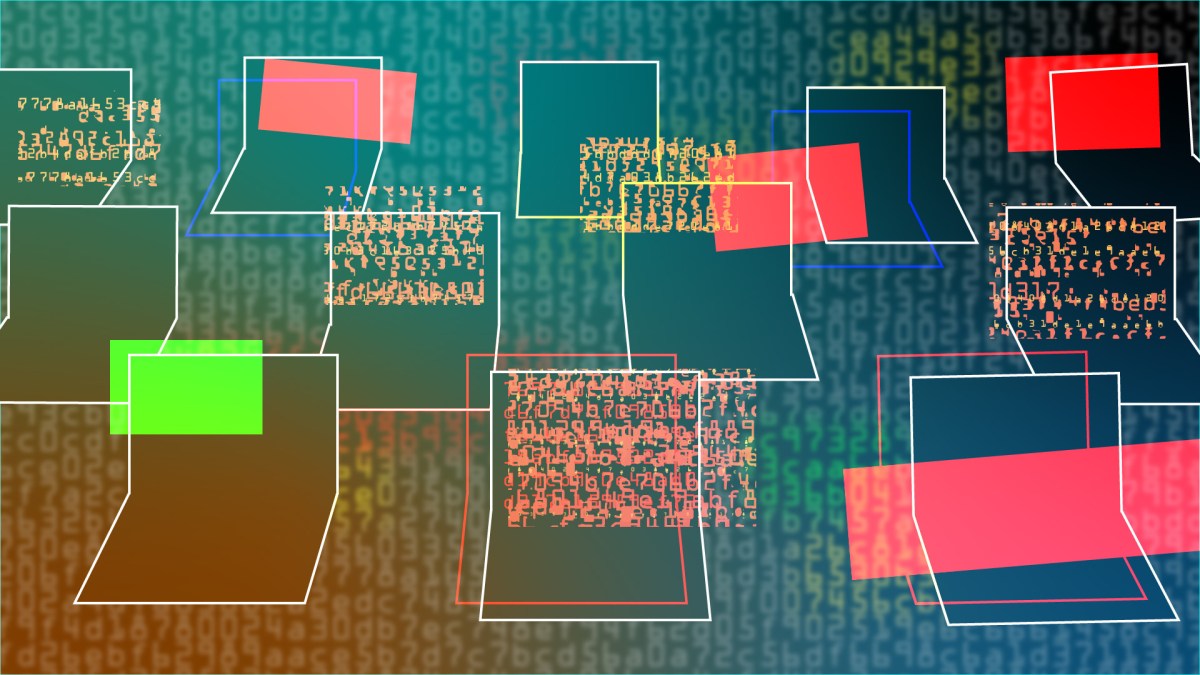Ultimate TechCrunch Cyber Glossary: Your Comprehensive Guide to Tech Terminology
In the ever-evolving world of cybersecurity, understanding the terminology is crucial for both professionals and enthusiasts alike. To help you navigate this complex landscape, we’ve compiled a comprehensive glossary of essential cybersecurity terms. This resource not only explains common jargon but also clarifies the nuances behind various cybersecurity concepts. Whether you’re a seasoned expert or just starting out, this glossary provides valuable insights into the world of cybersecurity.
Essential Cybersecurity Terms
Advanced Persistent Threat (APT)
An Advanced Persistent Threat (APT) refers to a sophisticated group of hackers that maintain unauthorized access to a targeted system over an extended period. Their primary objectives are often espionage, data theft, or sabotaging critical infrastructure. APTs are typically well-funded and may be state-sponsored, with notable examples from countries such as China, Iran, North Korea, and Russia.
Adversary-in-the-Middle Attack
A man-in-the-middle (MitM) attack occurs when an unauthorized party intercepts communications between two parties. This type of attack can involve eavesdropping or altering the data being transmitted. To protect against such threats, using encryption is essential.
Arbitrary Code Execution
Arbitrary code execution allows an attacker to run malicious commands on a compromised system. This vulnerability can often be exploited remotely, leading to unauthorized access and potential data breaches.
Attribution
Attribution is the process of identifying the source of a cyberattack. While it can be challenging, cybersecurity firms often attribute breaches to specific hacker groups based on patterns of behavior and techniques.
Backdoor
A backdoor is a method that allows for future access to a system without the usual security measures. While some backdoors are legitimate (e.g., for technical support), others can be malicious, compromising system security.
Types of Hackers: Black, White, and Gray Hats
Hackers are generally categorized into three groups based on their motives:
- Black Hat: Hackers who exploit systems for personal gain.
- White Hat: Ethical hackers who help organizations secure their systems.
- Gray Hat: Hackers who may violate laws or ethical standards but do not have malicious intent.
Botnet
A botnet is a network of compromised devices that are controlled remotely by a cybercriminal. These networks can be used to launch attacks or distribute malware.
Brute Force Attack
Brute force attacks involve systematically trying different combinations to guess passwords. Implementing rate-limiting can help mitigate these attacks.
Data Breach
A data breach occurs when sensitive data is accessed without authorization. This can happen through various means, including hacking or accidental exposure.
Encryption
Encryption involves scrambling data to protect its contents from unauthorized access. It is a vital security measure for safeguarding sensitive information.
Emerging Threats and Concepts
Cryptojacking
Cryptojacking refers to the unauthorized use of someone’s computing resources to mine cryptocurrency. This can occur through malware or compromised websites.
Deepfake Technology
Deepfakes are AI-generated content designed to mimic real individuals, often used in malicious ways, such as misinformation campaigns. Understanding the implications of deepfakes is crucial for cybersecurity.
Multi-factor Authentication (MFA)
Multi-factor authentication adds an additional layer of security by requiring users to provide two or more verification factors to gain access to a system.
Phishing
Phishing is a common cyberattack method where attackers impersonate legitimate entities to trick individuals into revealing sensitive information.
Ransomware
Ransomware is a type of malware that encrypts a victim’s files, demanding payment for the decryption key. Understanding ransomware is essential for preventing attacks and securing data.
Conclusion
This glossary is an evolving resource aimed at demystifying the terminology used in cybersecurity. We encourage users to provide feedback or suggest additional terms for inclusion. Stay informed and enhance your cybersecurity knowledge!
For more insights on cybersecurity, explore our related articles on TechCrunch.







